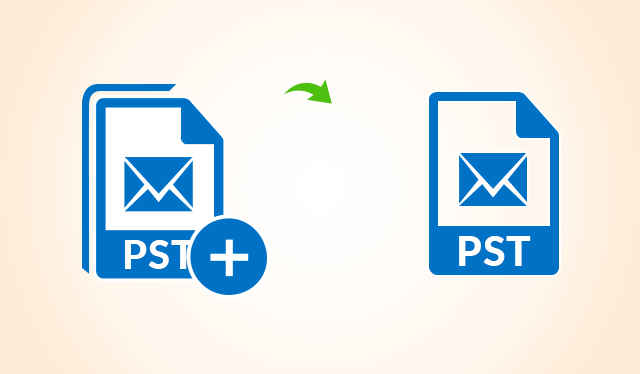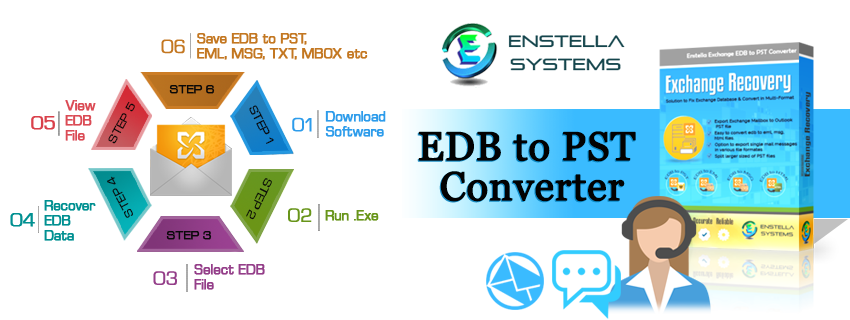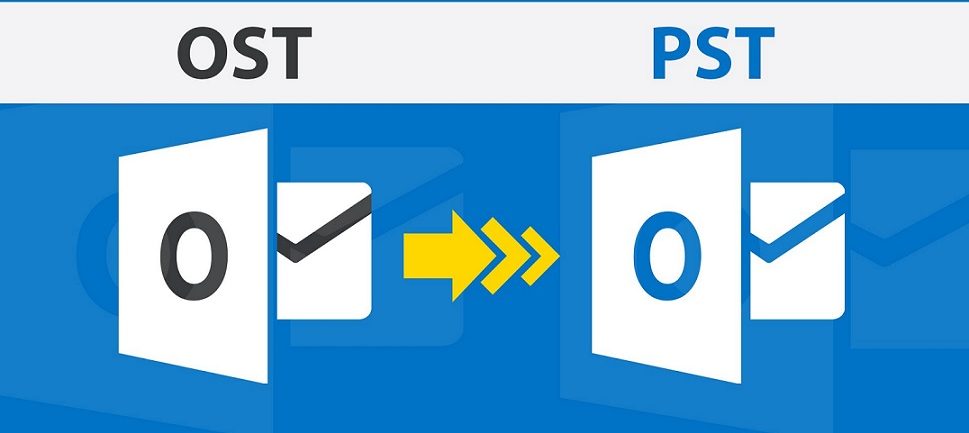Amid the constantly rising spread of the fatal Coronavirus in the U.S., the US government has introduced a new law, namely The Families First Coronavirus Response Act. The said preventive measure will help employees across the corporations in the US to strongly fight the impact of the pandemic. The Act has got provisions and guidelines listed on the employees’ leave policy, and other corrective actions on employee self-service features that should be followed by the US employers.
The other directions been introduced through the act comprise fund collection for free Coronavirus testing, and capital raising for food stamps. The law is going to further add to the degree of workplace flexibility being practiced at hundreds and thousands of American firms.
What Exactly is Coronavirus Response Act?
March 18th is when the action got implemented. It is introduced by the US government to help individuals, businesses, and families fight the adversities of COVID-19 pandemic… Under the federal act, the legislation demands from employers with less than 500 employees to provide paid medical leaves and sick leaves to individuals affected by the epidemic.
The potential scenarios that can emerge among the professionals and workers affected by the COVID-19 virus comprise:
Scenario 1
An employee falls sick and there are felt risks of virus catching him. The worker visits a doctor to get tested for the virus, and therefore, will not be able to report to work.
- In this case, as per the Act, a CHRO, or the chief of human resource officers at the concerned firm will have to extend the employee a two-week emergency paid sick leave. The rate at which the payment will be made remains the regular rate of pay if the worker awaits test results or showing symptoms of the disease.
- As proof of the payment made to the employee, the employer will need to use an Earning Code ESL in the records. The payroll team will input the code in the government records and will mention the date on which the employee first showed symptoms of the fatal disease.
Scenario 2
A worker’s spouse is asked to go into quarantine, and hence seeks care. The provisions of the Act under this situation suggest:
- An employee can avail two weeks of paid sick leave at 2/3rd of the regular pay rate.
- Employer will need to enter earning code EFSL in the payroll documents.
Scenario 3
A worker employed for 30 days or more gets his child’s school canceled due to COVID-19 impact. In this unique scenario, an hr leader’s role at the firm is to ensure the following things to be implemented:
- The worker is allowed to take a 12-week FMLA leave. The first two weeks remain unpaid, or he can utilize his existing balance of leaves during this time frame, i.e. Sick/PTO leaves. The other 10 weeks will be paid at 2/3rd of the rate of regular pay.
- If the worker wants to be paid for the first two weeks, employers and hr leaders must ensure that the employee is paid correctly basis his existing leave balance. Besides, the worker may request to consume the emergency sick leave at 2/3rd of the rate of regular pay in the first two weeks. And if that’s the case, pay him utilizing the earning code EFSL.
- The other 10 weeks remaining must be paid by the employer using the Earning Code EFMLA.
Scenario 4
A worker employed for 30 days or more, has been directed by the medical authorities to put his entire household into quarantine as a result of suspicion for being infected with the virus. The worker’s children are enrolled in a daycare that has also been closed as a result of the government measures taken to help prevent the spread of the stress caused by Coronavirus.
In this scenario, as per the Families First Coronavirus Response Act, the employee will be provided with the following governmental offerings:
- The worker is entitled to use two weeks of paid sick leave. The employer over here will be using the Earning Code ESL.
- For a 10-week period, an employee would also be entitled to 2/3rd of his regular rate of pay while he applies for an FMLA leave for the mentioned duration.
- Employers can make use of the code EFMLA in the payroll documents to mark the employee as a beneficiary of the Act, and pay at 2/3rd of the rate of regular pay.
Scenario 5
A worker employed for 30 days or more has a child whose school has been shut as a governmental response to prevent the spread of the pandemic. In the form of an employee wellness initiative, the HR leaders, in this case, will need to follow the below-provided guidelines as per the federal act:
- The employee is entitled to take a two-week sick leave at 2/3rd of the rate of regular pay.
- Employers will use earning code EFSL to credit employees’ payments.
- The worker will receive additional leaves if he had been employed for 30 days or more. He will be provided with 12 weeks of FMLA leave.
- Employers are directed to allow employees a 2-week unpaid leave, or they can choose to pay the workers via other company-provided PTOs.
- Employers must pay for the 10 weeks at 2/3rd of the worker’s regular payment rate while showcasing the code EFMLA in the payroll documents.
We hope by now you have got the gist of the entire Act recently been introduced by the US government.









